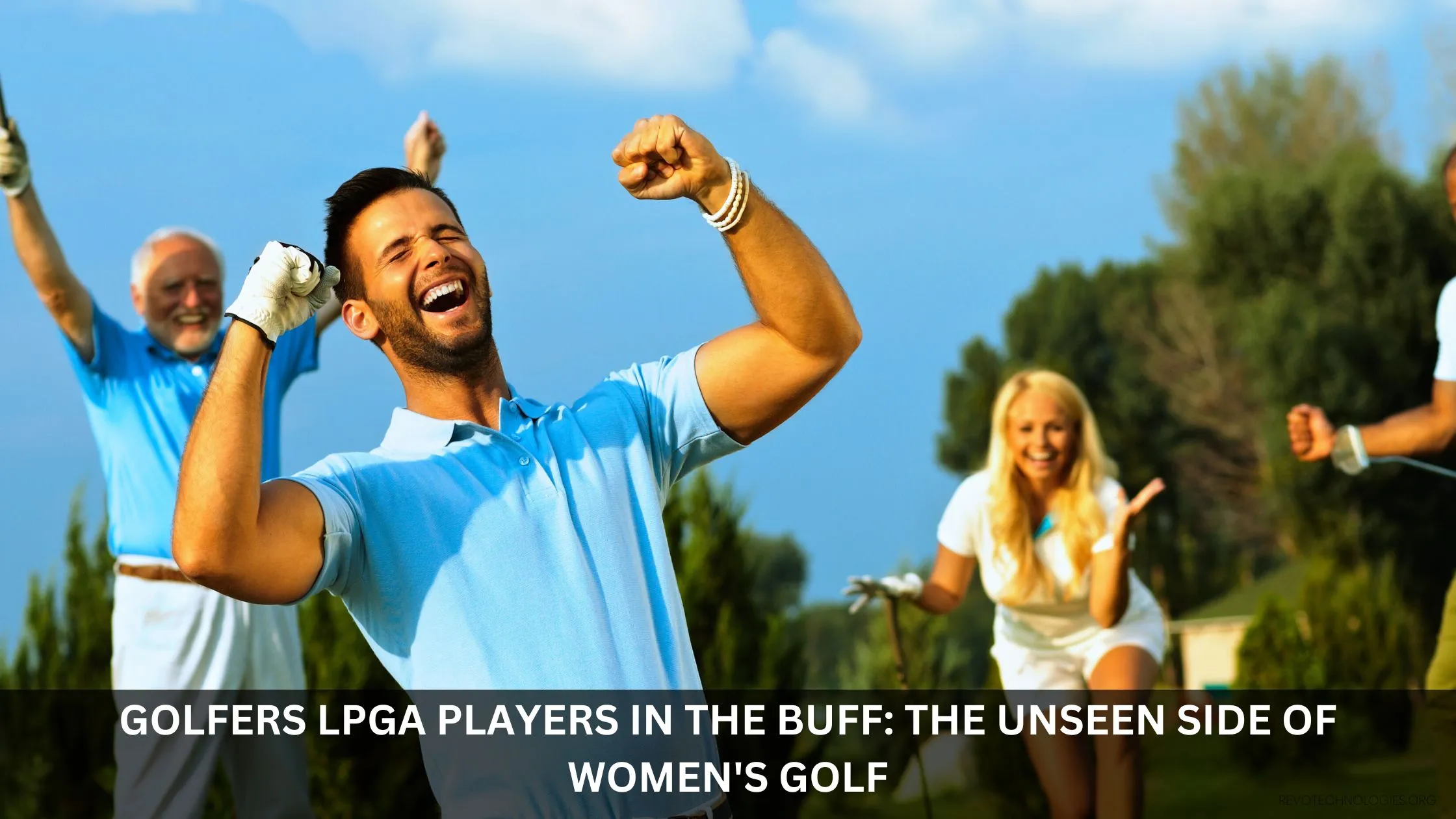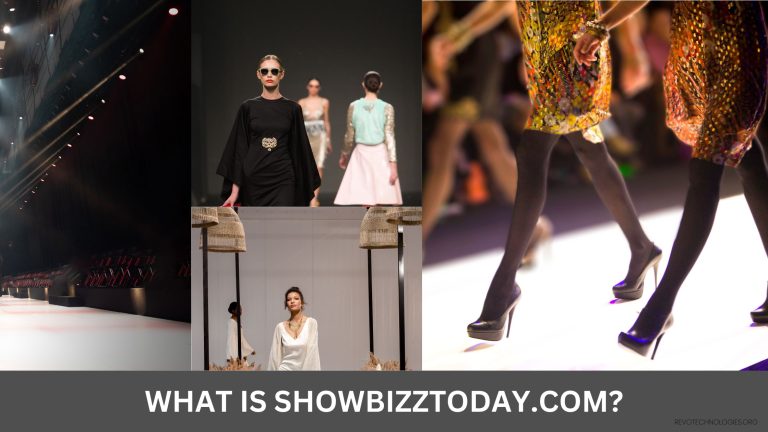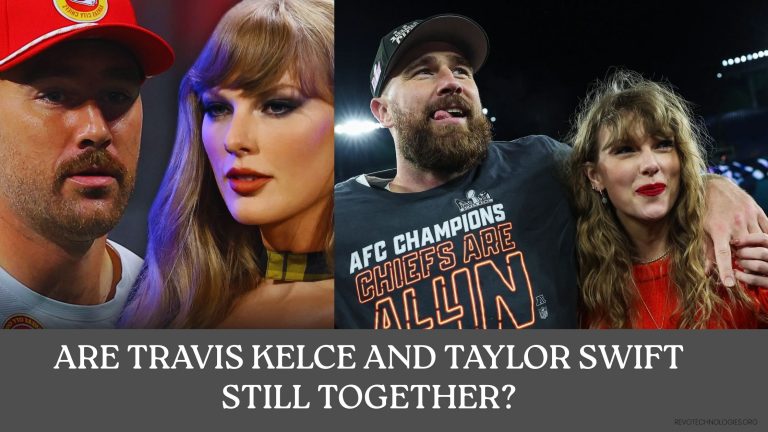The phrase “LPGA players in the buff” isn’t typically associated with the world of professional sports. There is an interesting cultural phenomenon surrounding female golfers that lies behind the pristine greens, championship titles, and serious athleticism.
Often a topic of conversation and intrigue, this trend focuses on how female athletes balance both their athletic careers and the public’s fascination with their personal lives and images.
The purpose of this article is to explore the connections between female golfers and media portrayals, as well as the impact of social media on their image.
The Role of Media and Image in Women’s Golf

Compared to their male counterparts, female athletes in the LPGA (Ladies Professional Golf Association) often face unique challenges. Despite golf’s reputation as a sport of skill, precision, and patience, female golfers are constantly scrutinized by media outlets and fans, not just for their athletic achievements but also for their appearance.
Often, the dual focus on athletics and personal image leads to controversial topics like “golfers in the buff,” which refers to photos that emphasize an athlete’s physical attributes.
Increasingly, LPGA players are embracing their public personas, sometimes choosing to share more intimate or bold images.
The players are becoming more confident in expressing both their athletic prowess and personal beauty through social media platforms, magazine covers, or other media outlets. Balancing their sports career integrity with public curiosity about their appearance is the challenge here.
Impact of Social Media on LPGA Players’ Image
Athletes, especially women in sports, are increasingly perceived through social media. LPGA players are able to connect directly with their fans via platforms such as Instagram, Twitter, and TikTok, and share images that go beyond the standard on-course images.
Since these athletes have millions of followers, they can shape their own narrative instead of relying on traditional media outlets that may focus more on their appearances than their abilities.
The phrase “golfers in the buff” often comes up when players post photos that show them in less athletic gear or displaying their physical fitness. But this isn’t just about nudity or scandal; it’s about empowerment. Athletes are reclaiming control over how they are represented, blurring the line between athlete and person.
LPGA Players Who’ve Pushed Boundaries
In particular, some LPGA players have used their platforms to challenge the way women in sports are viewed. Behind-the-scenes photos or even swimsuit shots are often shared by these athletes with their fans. These images are intended to highlight strength, confidence, and individuality, not just physical characteristics.
Paige Spiranac

Paige Spiranac is one of the most talked-about personalities in women’s golf. With her golf tutorials and social media presence, Paige has become a polarizing figure in the sport. Despite the intense focus on her appearance, she openly discusses the challenges of balancing her athletic career.
Although she’s been known to post provocative images, she has consistently addressed important conversations about body image, self-confidence, and empowerment in sports.
The influence Paige has on how golf is perceived, especially for women, cannot be overstated, despite her not being an LPGA player in the traditional sense (since she’s more associated with golf commentary and social media than competitive professional golf).
In the modern landscape of female athletes, her ability to embrace her body and challenge stereotypes has made her a significant figure.
Lexi Thompson

A prominent LPGA player, Lexi Thompson has occasionally been in the spotlight for more than just her game. Thompson is one of the youngest major champions in women’s golf history.
However, her social media presence shows a different side of her. In a world that often expects women to look a certain way, she has openly discussed the pressures she faces as a female athlete.
Thompson’s stance on body positivity and embracing who you are resonates with many of her fans. Even in a world that sometimes sees femininity and self-expression as conflicting, she has shown that being an elite athlete is possible.
Comparison of Popular LPGA Players’ Social Media Influence and Media Portrayal
| LPGA Player | Social Media Followers (Instagram) | Notable Media Appearances | Public Image Focus | Key Media Controversy or Discussion |
| Paige Spiranac | 3.7M+ | Various sports podcasts, talk shows | Empowerment, Body Positivity, Golf Education | Balancing athleticism and personal image |
| Lexi Thompson | 1.2M+ | ESPN, Golf Channel, Vogue | Athleticism, Body Image, Feminine Strength | Criticism of beauty standards in women’s sports |
| Danielle Kang | 200K+ | Sports Illustrated, Golf Digest | Consistency, Mental Strength, Fashion | Advocacy for mental health and self-image |
| Michelle Wie West | 400K+ | ESPN, The New York Times | Career Longevity, Fashion, Family Life | Criticism on appearance vs. performance debate |
| Brittany Lincicome | 70K+ | Golf Digest, News Outlets | Strong Athlete, Family-Oriented, Humor | Gender equality and media scrutiny on looks |
Key Insights:
- Social Media Reach: In some cases, such as Paige Spiranac, players have large followings, which allows them to interact directly with fans as well as have more attention paid to their appearances.
- Media Appearances: Many of the players listed have been featured in major media outlets, demonstrating their versatility beyond golf.
- Public Image Focus: Athletes’ public images often combine both athleticism and aspects of their personal lives, creating a more holistic view of them.
- Media Controversies: It has been a challenge for each player to balance their athletic career with their public persona, to deal with gender expectations, or to promote body positivity in the media.
Discover What is 08007613372?
What It Means for the Future of Women’s Sports
The rise of social media and body positivity in sports are changing the landscape for female athletes. In professional sports, women are increasingly empowered to control their own narratives.
The term “golfers in the buff” is often misused, but it actually refers to athletes who express themselves freely.
The Power of Self-Representation
The power of self-representation lies in reshaping public perceptions. Athletes, especially in golf, are redefining what it means to be a woman and an athlete.
In sharing personal, empowering content, they are challenging old stereotypes about female athletes, who were once only admired for their athleticism, not their personal stories.
The LPGA players use their platforms not only to showcase their athletic abilities, but also to highlight causes they care about. Using their influence to advocate for gender equality in sports and support mental health awareness, these athletes are embracing their unique identities while advocating for the greater good.
The Fine Line Between Empowerment and Exploitation
Many LPGA players are finding success in embracing their image, but there is always a fine line between empowerment and exploitation. There are athletes who feel that by focusing too much on appearance, they may be reducing their identity to their looks rather than their skills or contributions to the sport. The issue involves both the players’ decisions and how media outlets cover them.
The line becomes even blurrier when it comes to LPGA golfers in the buff. In this case, the player’s choice is important — whether they are doing this for personal empowerment or because it’s expected by society. Having the autonomy to make that decision without external pressure is what gives them true power.
Conclusion
Although the idea of LPGA players in the buff may seem controversial, it’s part of a much larger conversation about image, empowerment, and self-expression.
LPGA players are more in control than ever of how they are portrayed thanks to social media and body positivity movements. Traditional media no longer confines them to a narrow box.
Besides being athletes, these women are multidimensional individuals who are not afraid to express their talents, beliefs, and personal preferences without apology. Through athleticism or self-image, LPGA players are changing the narrative of female athletes in the spotlight.
LPGA players are redefining what it means to be strong, beautiful, and successful by embracing their bodies, their individuality, and their personal journeys. By doing so, they are setting a new standard for future generations of female athletes – one where authenticity and empowerment are valued equally.
Source: https://revotechnologies.org/
Frequently Asked Questions
Why are LPGA players often scrutinized for their appearance rather than just their athletic abilities?
Media and fans often overemphasize the appearance of LPGA players, like many female athletes. It can be attributed to societal expectations that women in sports should be both skilled and attractive.
Female athletes often have to deal with the pressure to meet certain beauty standards alongside their athletic performance despite not being subject to the same level of scrutiny as male athletes. It can detract from their achievements and shift attention away from their skills and accomplishments.
Are LPGA players required to adhere to a specific dress code, and how does this impact their image?
Yes, LPGA players must adhere to a specific dress code, which includes modest and professional attire. While the dress code is intended to maintain the professionalism of the sport, it can also impact how players are perceived. Players have expressed concern about the pressure to maintain a “clean” and “appropriate” image, particularly in comparison to the flexibility and fashion freedom given to male athletes.
Despite the uniformity of the dress code, it can also limit personal expression, which has led some players to showcase their individuality through social media.
How has the rise of social media changed the way LPGA players engage with their fans?
The way LPGA players connect with their audience has been drastically changed by social media. Through platforms like Instagram, Twitter, and TikTok, players can communicate directly with their fans without relying on traditional media. As a result of this shift, they have been able to share not only their achievements but also more personal aspects of their lives, such as their passions, interests, and even provocative content.
In addition, it allows them to control their image, allowing them to express themselves authentically, showcase their personalities, and sometimes challenge traditional norms of female athletes.
What role does body positivity play in how LPGA players present themselves publicly?
The body positivity movement has gained traction among female athletes, including LPGA players. It is becoming increasingly common for golfers to embrace an open and accepting view of their bodies, celebrating their athletic form rather than conforming to traditional beauty standards.
Especially in a sport where physical appearance is often scrutinized, this shift is empowering, as players discuss the pressures they face regarding body image. By focusing on their strength and fitness rather than adhering to unrealistic expectations, the body positivity movement promotes a healthier self-image and inspires others to embrace their own bodies.
Is there a backlash when LPGA players share more personal or revealing content?
There can be backlash when LPGA players share more personal or revealing content, especially when it differs from traditional views of women in sports. Some critics claim that focusing on appearance over athleticism detracts from a player’s achievements and reinforces outdated gender norms.
In contrast, many players view sharing personal content as an opportunity to take control of their image and challenge stereotypes. Ultimately, it is up to the athlete whether or not to share such content, and the conversation about their bodies and personal lives in sports media and society continues to evolve.
Read About 01443544990







